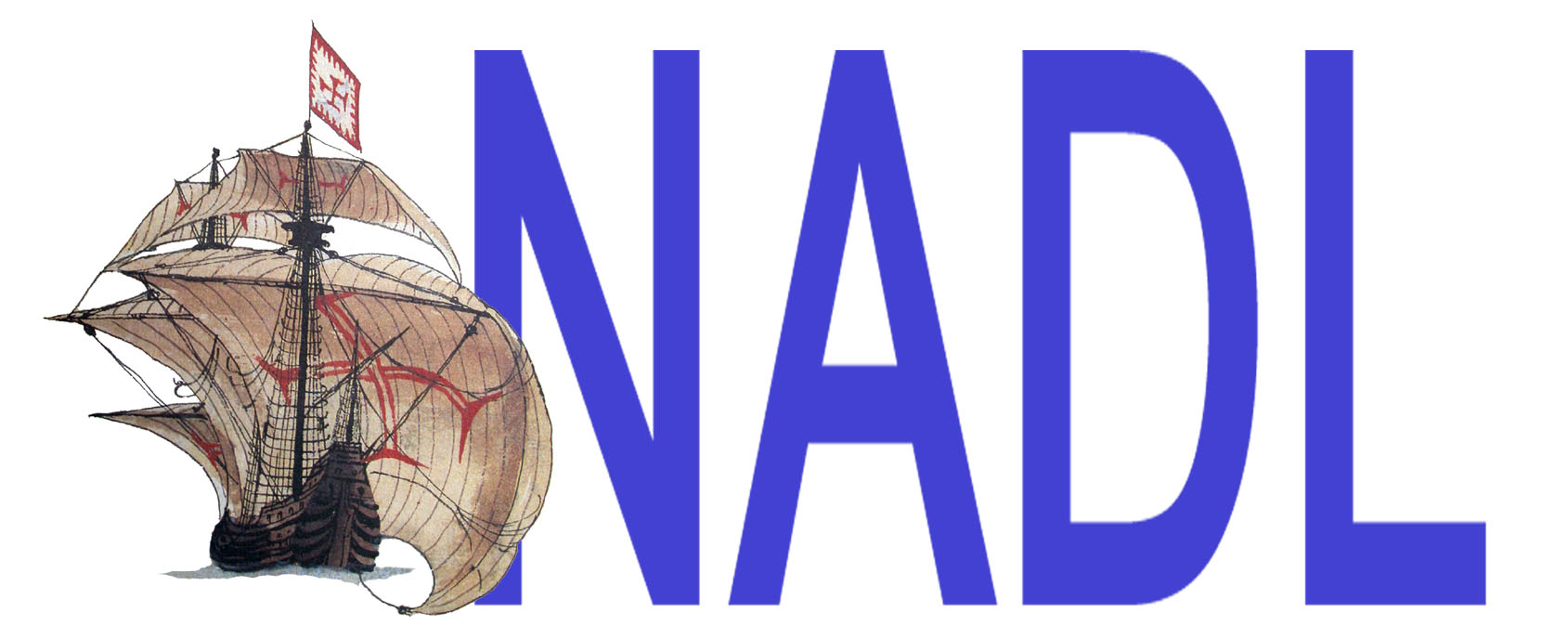Ship Models and Shipbuilding
Nicholas Budsberg and Filipe Castro
Ships are complex artifacts, conceived and built to operate between two environments – water and air – with different viscosities, weights, and dynamics. To understand the evolution of shipbuilding we must use written documents, iconography, and archaeological remains. This subject is interesting from many different viewpoints, as part of the broader histories of science and technology, as part of the social and cultural environments that produced each ship type, route, trade network, and economical environment, and as an inhabited machine where small communities lived sustainable lives for relatively long periods.
In the NADL project we are interested in the study of how ships were conceived, designed, built, operated, lost, degraded, found, and used again, either by looters, treasure hunters, or archaeologist and historians.
The recording process is of major interest to us, because it determines the amount and quality of the data acquired. Archaeologists destroy what they dig, and only have one shot at each archaeological site. The storage, organization, and sharing of the primary data is as important, because what is not published doesn’t exist for all intents and purposes. The reconstruction process is less of a responsibility and allows freedom and imagination to act alongside with scholarship.
We are searching for ways to share archaeological information that may interest a broader public and serve as means to inspire reflections about the past, present, and future of the human species. We welcome artists to repurpose the information we gather and create, and we welcome computer experts to help us expedite the recording process, facilitate the organization and sharing of the data, and to provide eloquent ways to explain what we study and allow an as broad as possible public to enjoy our discoveries and theories about the past.
Iberian Ships
The ships of the Renaissance are of special interest to us, because this is a period in which European ships and sailors evolved capacity and seamanship to be capable of sailing several months away from land and ventured into the Atlantic, Indian, and Pacific Oceans.
After 1500, the economic advantages of the newly opened maritime trade routes became obvious. Although sailing around the African continent was a long an dangerous endeavor, a small ship with 150 tons of capacity could carry the cargo of 1500 camels and stay away from most thieves, warlords, tolls and taxes.
During these two centuries the conception and construction of oceangoing ships evolved and blended along the Atlantic coasts of the Iberian Peninsula, a region situated on the nexus of two diverse seafaring worlds: the Mediterranean and the North Atlantic and Baltic.
What emerged from this symbiosis between the Atlantic and Mediterranean shipbuilding traditions was a flush-laid, skeleton-built, two or three-masted vessel with new arrangements of square and lateen sails. Construction details and phases, or transitions in development, are still largely unknown because most shipwrecks from this period have been destroyed by treasure hunters, and the answers to these questions and others can only be found through archaeological research.
The ShipLAB’s interest in shipbuilding involves a much wider seafaring world, but one the ongoing projects proposes to gather and research the available archaeological data pertaining to 15th and early 16th century ships, and interpret and evaluate it in the context of the cultural, economic and political history of Europe.
Modern nautical archaeology has contributed much to Iberian maritime studies since the field’s inception in the 1960’s. Initial research into early European shipwrecks in the New World began in the 1980’s and continued into the 1990’s with students from Texas A&M, although historical research into this time period dates back to the late 19th century with the coming 400th anniversary of 1492. The public’s interest with Christopher Columbus, the Nina, Pinta, and the Santa Maria, and other contemporary explorers and their ships has not dwindled over the years, as many recent studies and reconstructions have been done regarding these vessels and others, although not enough is known about the caravels and naos of the exploration period to accurately reproduce one.
 Center for the Study of Digital Libraries (CSDL)
Center for the Study of Digital Libraries (CSDL)
Department of Visualization (VizLab)
J. Richard Steffy Ship Reconstruction Laboratory (ShipLAB).
